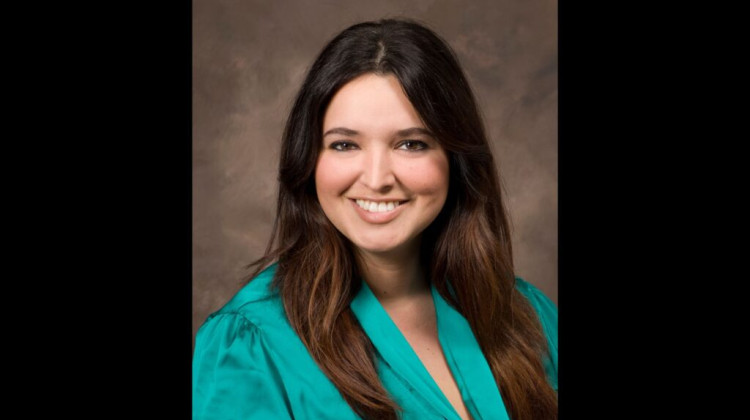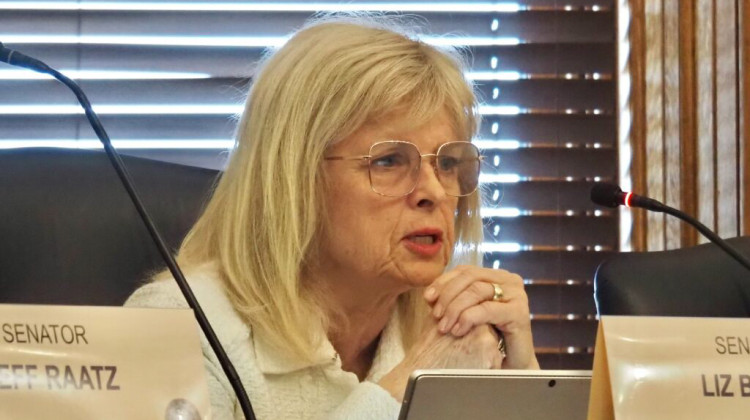
ORSANCO crew collects physical, chemical and biological data in the Ohio River basin.
@ORSANCOchannel/TwitterAfter five years of debate, a federal watchdog for the Ohio River has finalized its pollution control standards for its eight member states, including Indiana. The Ohio River Valley Water Sanitation Commission - also known as ORSANCO - sets pollution limits for the river that are sometimes more stringent than state ones.
On Thursday, the commission decided as long as states can prove they will be as protective of the river for its designated uses, they don't have to adopt ORSANCO's criteria.
But Jason Flickner with the Lower Ohio River Waterkeeper says its the commission's job to make sure one state's pollution doesn't affect another's water quality.
"And that's why it always made sense to have just one set of standards for the entire river that every state applied," he says.
But commissioner Tom FitzGerald says the criteria was never mandatory - Ohio and Illinois haven't adopted them and Illinois refuses to do so.
READ MORE: Ohio River Watchdog Won't Give Up Pollution Standards For States
"So given that reality, do we continue to maintain the fiction that these standards are mandatory in all states when they're not being applied by one state, or do we hold that state accountable?" he says.
FitzGerald proposed a committee to set protocols for states like Illinois to make sure they're as protective of the river as other states that adopt ORSANCO's standards. The committee will likely be made up of commissioners.
Flickner says because some members of ORSANCO want to lower pollution control standards, it's important the public have a seat at the table. ORSANCO executive director Richard Harrison says he understands the public's concern, but encourages it to stay engaged.
"Our commission has shown a great deal of openness to that again through this, as you mentioned, very lengthy process," he says.
ORSANCO's original plan was to get rid of its pollution control standards.
Indiana Environmental reporting is supported by the Environmental Resilience Institute, an Indiana University Grand Challenge project developing Indiana-specific projections and informed responses to problems of environmental change.
 DONATE
DONATE







 Support WFYI. We can't do it without you.
Support WFYI. We can't do it without you.